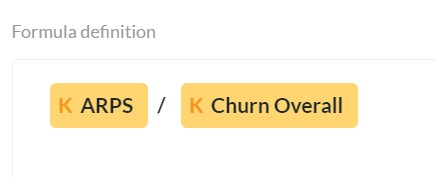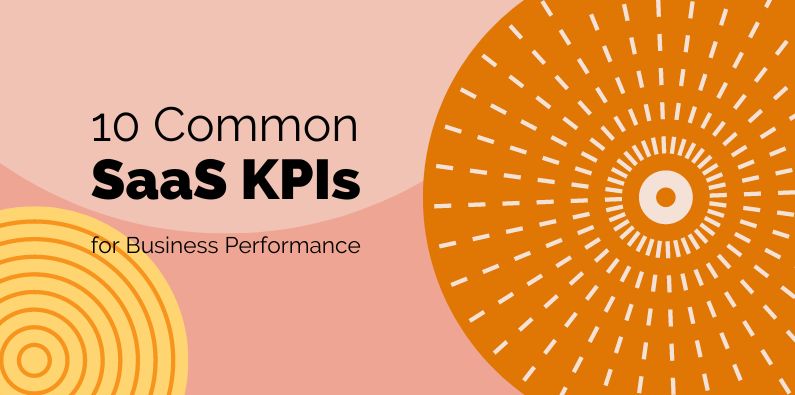SaaS KPIs are critical for software businesses tracking their financial well-being. In reality, most of them can be applied to other industries as well. This article may be a little heavy in acronyms but that’s the nature of the technology world. Let us start with SaaS.
What is SaaS?
Software as a Service, is the short answer. It’s the generic term for all the cloud-based apps that you use to run your life and your business. Think of everything from Xero to Google and even Calxa.
From the giants to the small ones, there are core SaaS KPIs used by almost all software businesses.
This article helps better understand the SaaS business model.
What SaaS KPIs Does a Tech Business Need?
Like any enterprise, a SaaS business needs to understand its costs, revenue and profitability. The challenge, when compared to a more traditional business is matching costs with revenue when revenue is based on subscriptions. While most businesses need to spend money on marketing before getting a sale, with a SaaS business, those marketing costs aren’t recovered by the sale, at least not initially. Therefore, understanding how long it takes to recover those costs is vital. Essentially, it is key to successful cashflow management.
Retailers have long understood the importance of the life-time value of a customer. Getting your customers to come back repeatedly to your shop is better than having to find new customers all the time. With SaaS, it is even more important because you can only truly measure the profitability of a customer over their lifetime. It’s only then that you know how much you’ve earned and how much that has cost you. Now, given that most customers haven’t left yet (or that’s the hope!), it is important to estimate the lifetime value and there are standard ways to do that.
1. CAC – Customer Acquisition Cost
What does it cost you to gain a new customer?
CAC is calculated by adding all your sales and marketing expenses and dividing by the number of new customers gained.
This will include all salaries in the sales and marketing teams, website costs and any advertising spend.
2. ARPS – Average Revenue per Subscription
A SaaS company may have different products or plans that sell for different prices. It is useful to aggregate them to get an average to assess both your sales mix over time and also to compare to other metrics.
ARPS is simply total subscription revenue divided by the number of paying customers.
Selling more higher-priced plans will increase the average.
3. CAC Recovery Months
Now that we know our CAC and our ARPS, it’s easy to work out how quickly we recover those marketing costs.
Simply divide the acquisition cost by the average revenue per month and you’ll know how many months that recovery will take.
A general rule of thumb is that anything more than 12 months will put a strain on cashflow.
4. Active Customers
The number of customers is an important metric in measuring the growth of a SaaS business.
5. Churn
Churn is the technical term for lost customers.
It is generally measured as the number lost each month (or possibly year) compared to the number of active customers.
A variation is to track Revenue Churn which compares the revenue from the lost customers to the total revenue. Losing high-value customers will have a bigger impact on revenue churn.
6. Lifetime Value
Knowing the lifetime value of your customers is one of the most important KPIs.
The simplest way to estimate it is to take your average revenue per subscriber and divide by the churn rate.
This incorporates an estimated lifetime for each customer based on your current retention success. Some people prefer to use the Gross Profit per subscriber but revenue is the more common metric.

Easily calculate formulas in Calxa
7. Lifetime Value to Cost of Acquisition
Once you know the lifetime value, it is then useful to compare it to the cost of acquiring your customers. If the LTV is 3-5 times the acquisition cost, you know that, over time, it’s profitable to gain those customers. Ratios less than 3 risk not covering fixed overheads and compensating for the risk of outlaying the costs upfront for uncertain revenue. On the other hand, while a high ratio shows good profitability, it also suggests that you could become more profitable by investing more in sales and marketing.
8. Customer Value
Much of the value of a SaaS business sits with the customers. Ultimately, that’s why they can attract significant investment even when profitability is low or non-existent.
It is calculated by multiplying the number of customers by the lifetime value.
What it does is give at least a notional value to the asset that is your subscriber base. If you stopped getting new customers, it shows the revenue you’re likely to get from the existing subscriber base before they all fade away. Life’s never that simple but it’s still a very useful KPI.
9. AMRR – Annualised Monthly Recurring Revenue
That sounds like a mouthful but it is a useful metric for a growing SaaS business. When growth is high, looking back at revenue for the past 12 months doesn’t give the full picture, especially when you’re trying to impress investors.
So the AMRR projects forward your current monthly revenue for 12 months.
It is recurring revenue only so those businesses that also charge consulting or setup fees would exclude those. What you want to see here is growth!
10. NRRR – Net Revenue Retention Rate
This metric has become more popular over the last few years as an indicator of how much existing customers are spending and increasing their spending.
The calculation starts with your MRR at the beginning of the month, adds expansion revenue (upgrades) and then deducts contraction (downgrades) and churned revenue. Divide this by the starting revenue and you have the NRRR rate.

As well as measuring the effectiveness of your retention efforts, NRRR gives a good indication of the capacity for growth from existing subscribers. With some SaaS products, there is one plan at one price but no capacity for a customer to upgrade. With others, customers can upgrade to higher plans or add more seats or capacity to existing plans.
The Importance of SaaS KPIs to track Business Performance
More than most businesses, KPIs are vital in the SaaS world. Especially in the early stages, when the business may not be profitable. At this point, it is important to understand what is working and what is not. In comparison, the traditional success factors such as Gross Profit Margin or Net Profit are not useful to an early-stage SaaS company.
There is often a significant investment in product development before the first sale happens and then a long period where sales and marketing costs are greater than revenue. Eventually there is a breakeven point where revenue does meet the costs and the accountant managing cashflow breathes their first sigh of relief!
To get started with these performance metrics, this Financial KPIs for Business Guide will show you the way on how to do this using Calxa.
